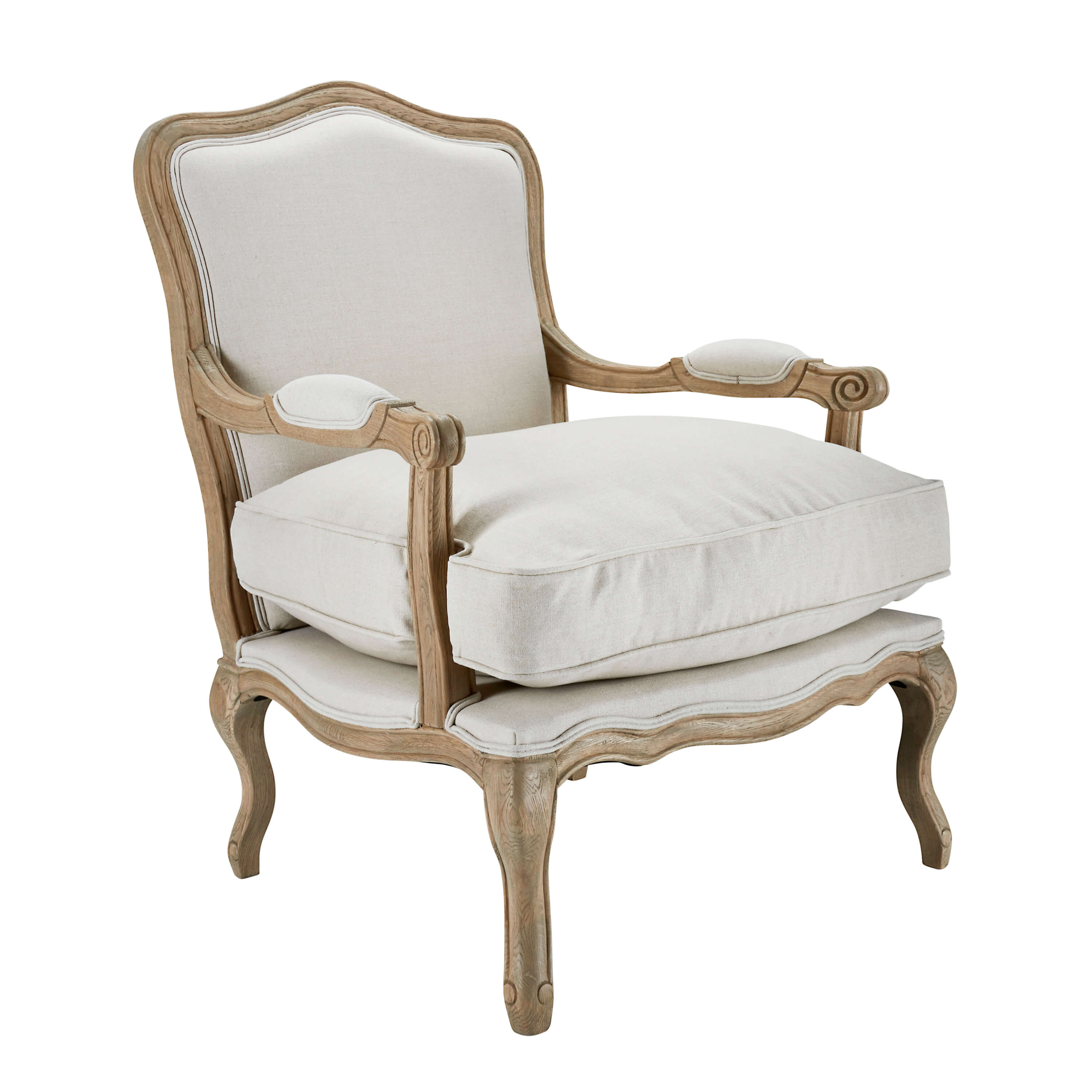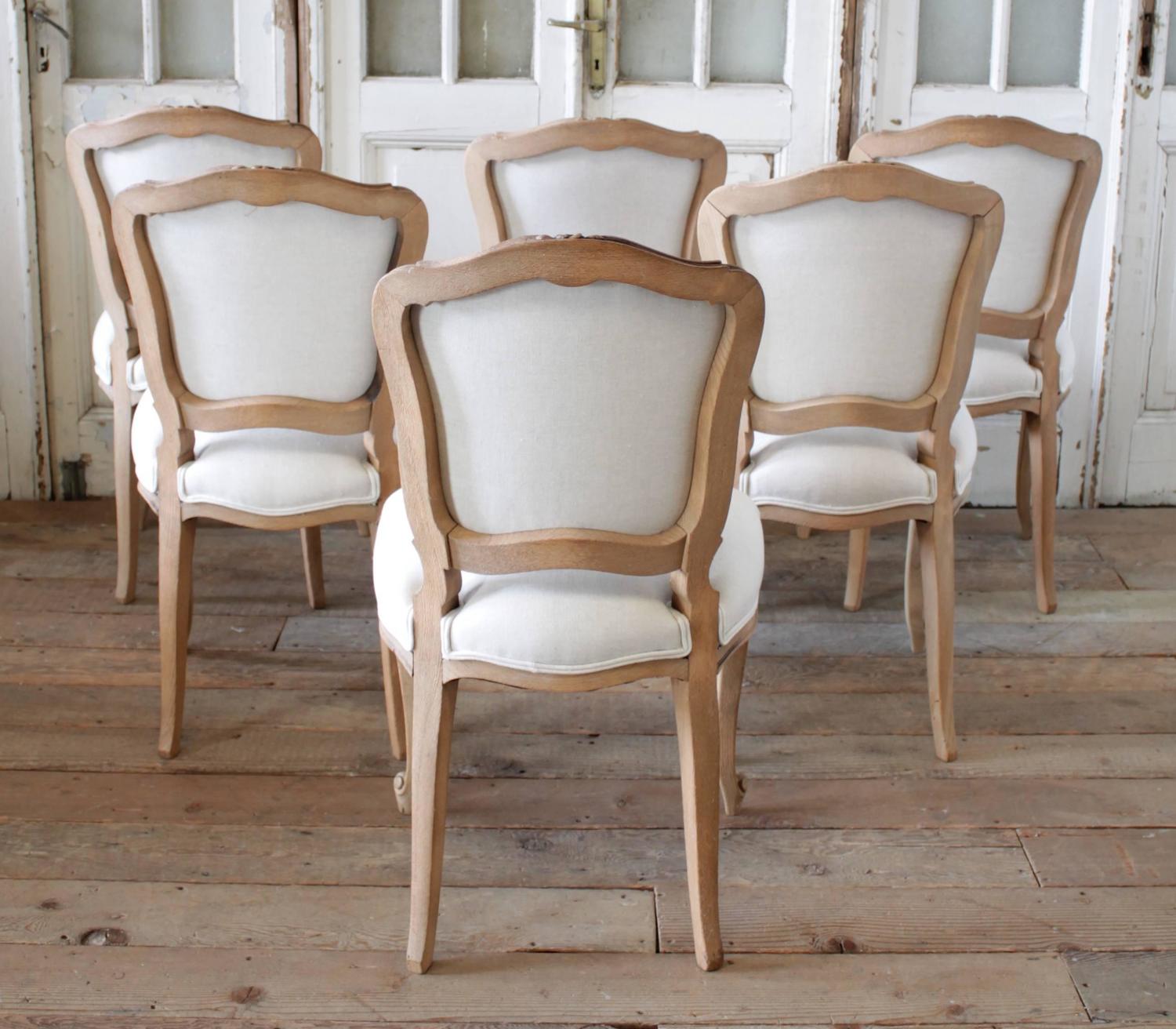Historical Context of French Louis Style Dining Chairs

French Louis style dining chairs represent a pinnacle of furniture design, reflecting the evolving tastes and power of the French monarchy across three distinct reigns. Their evolution showcases a fascinating interplay of materials, craftsmanship, and artistic sensibilities that continue to inspire furniture makers today. Understanding their historical context reveals not only their aesthetic beauty but also their social and cultural significance within French society.
Evolution of French Louis Style Dining Chairs
The evolution of the French Louis style dining chair is intrinsically linked to the reigns of Louis XIV, Louis XV, and Louis XVI. Each period witnessed distinct shifts in design philosophy, reflecting the changing artistic movements and societal values of the time. Louis XIV’s reign (1643-1715) saw the establishment of a grand, opulent style, while Louis XV (1715-1774) and Louis XVI (1774-1792) ushered in progressively lighter, more delicate aesthetics. These changes are clearly visible in the chairs’ materials, forms, and decorative elements.
Louis XIV Style Dining Chairs (1643-1715), French louis style dining chair
The hallmark of Louis XIV style, also known as the Baroque style, is grandeur and opulence. Dining chairs from this period were characterized by their imposing size, richly carved frames, and luxurious upholstery. Common materials included walnut, oak, and ebony, often inlaid with ivory, brass, or other precious materials. The designs featured heavy ornamentation, including elaborate scrollwork, acanthus leaves, and often featured a high back and arms. Craftsmanship was meticulous, reflecting the high status of the pieces and their intended audience—the French aristocracy. A notable example would be a chair with a high, arched back, heavily carved with intricate details and upholstered in rich velvet or tapestry.
Louis XV Style Dining Chairs (1715-1774)
The reign of Louis XV saw a shift towards a more graceful and delicate style, known as the Rococo. Louis XV chairs, while still retaining some of the grandeur of their predecessors, were generally smaller and lighter in construction. The use of curved lines and asymmetrical designs became prominent, creating a sense of fluidity and movement. Materials such as walnut, beech, and mahogany were favored, often with lighter veneers and less elaborate carving. Upholstery remained luxurious, but the overall effect was less imposing and more elegant than the chairs of the previous era. The cabriole leg, a characteristic curved leg ending in a paw or hoof foot, became a defining feature of this period. A good example would be a chair with a gently curved back, cabriole legs, and delicate shell carving, upholstered in silk damask.
Louis XVI Style Dining Chairs (1774-1792)
The Louis XVI style marked a return to neoclassical ideals, emphasizing simplicity, symmetry, and geometric forms. Dining chairs from this period were characterized by their straight lines, understated elegance, and restrained ornamentation. Materials such as mahogany, satinwood, and other lighter woods were commonly used. Carving was less elaborate than in previous styles, often featuring classical motifs such as wreaths, ribbons, and urns. Upholstery remained important, but the overall design focused on clean lines and balanced proportions. The tapered legs and straight backs were key characteristics. A representative example would be a chair with a straight, rectangular back, tapered legs, and simple neoclassical ornamentation, upholstered in a plain but high-quality fabric.
Historical Significance and Cultural Impact
French Louis style dining chairs held significant social and cultural importance. Their design, materials, and craftsmanship reflected the power and wealth of the French monarchy and aristocracy. Ownership of these chairs signified social status and taste, serving as a visible marker of one’s position within society. The evolution of the styles also mirrored broader shifts in artistic and cultural trends, showcasing the changing tastes and values of the French court and society at large. The enduring popularity of these chairs speaks to their timeless elegance and enduring craftsmanship.
Timeline of Stylistic Changes
| Period | Key Features | Materials | Notable Examples |
|---|---|---|---|
| Louis XIV (1643-1715) | Grand scale, heavy carving, opulent upholstery, high backs | Walnut, oak, ebony, inlaid ivory/brass | Heavily carved chairs with rich velvet upholstery |
| Louis XV (1715-1774) | Curved lines, asymmetry, cabriole legs, lighter construction | Walnut, beech, mahogany, veneers | Chairs with curved backs, cabriole legs, shell carving, silk damask upholstery |
| Louis XVI (1774-1792) | Straight lines, symmetry, neoclassical motifs, restrained ornamentation | Mahogany, satinwood, lighter woods | Chairs with straight backs, tapered legs, simple classical ornamentation |
Design Elements and Identifying Characteristics

French Louis style dining chairs are instantly recognizable for their elegant curves, elaborate ornamentation, and distinct leg styles. These features, which vary subtly across the different Louis periods (XIV, XV, XVI), reflect the evolving tastes and artistic sensibilities of the French court and aristocracy. Understanding these design elements is key to appreciating the artistry and historical significance of these iconic pieces of furniture.
Defining Features of French Louis Style Dining Chairs
The defining features of French Louis style dining chairs are intricately linked to the overall aesthetic of each period. Louis XIV chairs, for example, are known for their grandeur and formality, often featuring straight lines and elaborate carvings. In contrast, Louis XV chairs embrace a more curvaceous, asymmetrical Rococo style, characterized by flowing lines and shell-like forms. Louis XVI chairs, reflecting the Neoclassical movement, showcase a return to greater symmetry and restraint, incorporating straight lines and classical motifs. The leg styles, upholstery, and decorative elements all contribute to the distinct character of each period.
Upholstery and Fabrics
The upholstery and fabrics used in French Louis style dining chairs are integral to their overall aesthetic. Rich, luxurious materials were favored, reflecting the wealth and status of their owners. Common upholstery choices included velvet, damask, silk, and brocade, often in vibrant colors and intricate patterns. The choice of fabric frequently complemented the chair’s overall design, with richly patterned fabrics used for more ornate chairs and simpler fabrics for those with less elaborate ornamentation. The upholstery itself often featured intricate stitching and details, further enhancing the chair’s luxurious appearance.
Common Decorative Elements
Many decorative elements contribute to the unique character of French Louis style dining chairs. These elements often reflect the artistic styles prevalent during each period.
- Carvings: Intricate carvings, often depicting floral motifs, acanthus leaves, shells, and other Rococo elements, are a hallmark of Louis XV chairs. Louis XIV chairs often feature more geometric and symmetrical carvings, while Louis XVI chairs tend towards simpler, more classical designs.
- Gilding: Gilding, the application of gold leaf, was commonly used to highlight carvings and other decorative elements, adding a touch of opulence and grandeur. The extent of gilding varied across periods and styles, with Louis XIV pieces often showcasing extensive gilding.
- Inlays: Inlays, the insertion of contrasting materials into the wood, were frequently used to create decorative patterns and designs. Materials such as mother-of-pearl, ebony, and other exotic woods were commonly employed.
- Cabochons: These polished, rounded gemstones or glass pieces were sometimes used as decorative elements, adding sparkle and visual interest.
Visual Representation of a Louis XV Style Dining Chair
Imagine a chair with a gently curving, cabriole leg, ending in a delicately carved foot. The seat is upholstered in a rich, emerald green velvet, subtly patterned with a floral damask design. The back is shaped like a shell, with its curves echoing the lines of the legs. The frame is crafted from richly stained mahogany, and the shell-shaped back is adorned with intricate carvings of acanthus leaves and flowers, gilded in a warm, antique gold. The proportions are graceful and elegant, with the height and width carefully balanced to create a sense of refined harmony. The overall effect is one of luxurious comfort and sophisticated elegance, typical of the Louis XV style.
